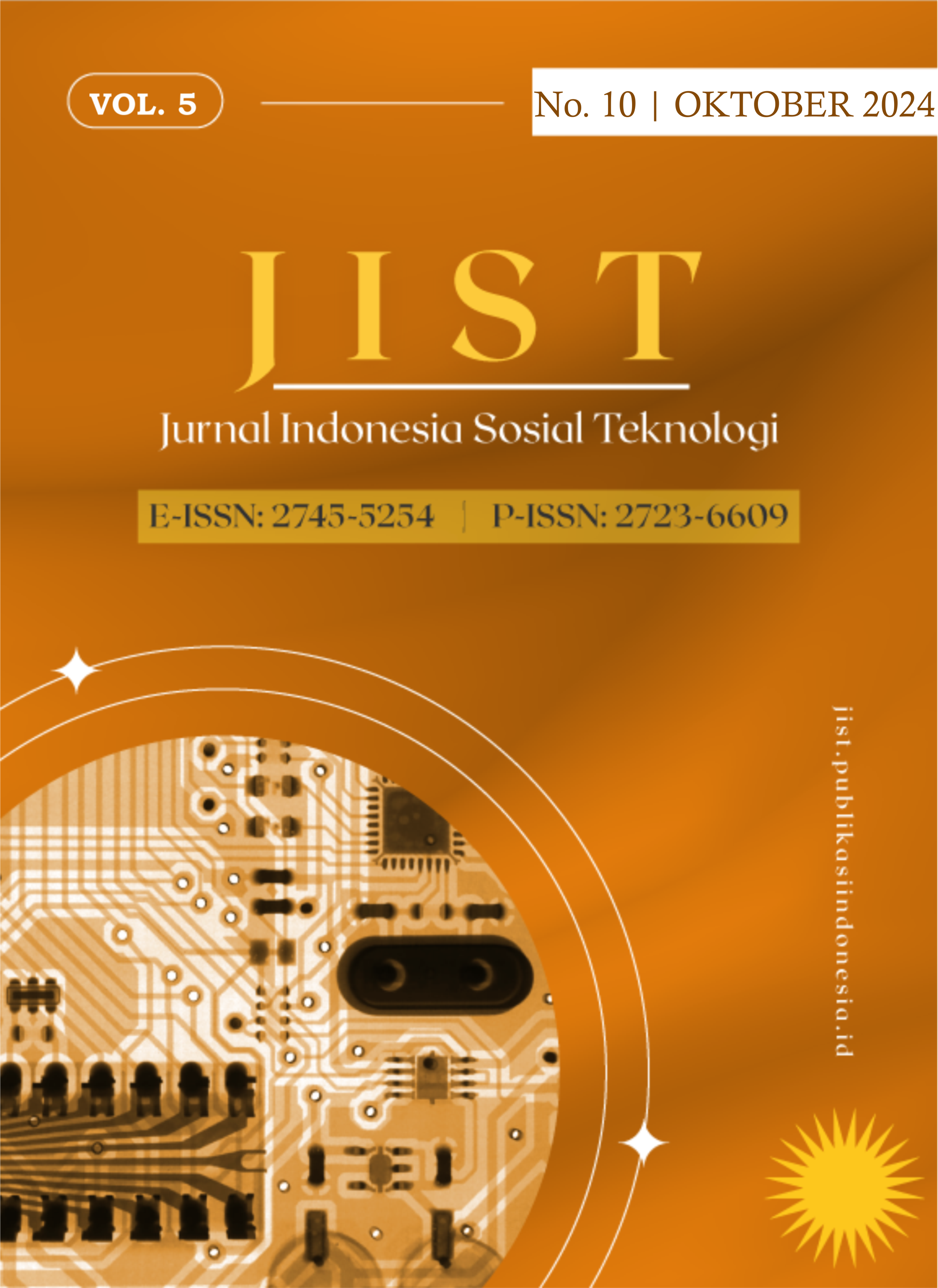Enhancing XGBoost Classification with SVM-SMOTE & EasyEnsemble for Imbalanced Telemedicine Sentiment Data
DOI:
https://doi.org/10.59141/jist.v5i10.1160Keywords:
telemedicine, imbalance data, xgboost, svm-smote, easy ensembleAbstract
Telemedicine is the practice of health through applications using audio, visual and data communication, including care, diagnosis, consultation and treatment as well as remote medical data exchange. Based on the results of sentiment analysis on telemedicine applications, imbalance data is often found. The purpose of this research is to identify the use of SVM-SMOTE and EasyEnsemble in improving the performance of XGBoost classification on sentiment data imbalance in Telemedicine. Identification is done by including SVM-SMOTE and EasyEnsemble methods in improving XGBoost Classification Performance using data obtained from the Halodoc application, then validation techniques will be carried out using AUC and GMeans. The results showed that the use of SVM SMOTE and EasyEnsamble for data imbalance in XGBoost obtained the best model that is feasible to use in improving the performance of imbalance classification of sentiment data in health applications.
Published
How to Cite
Issue
Section
License
Copyright (c) 2024 Ahmad Yusran Siregar, Ajib Setyo Arifin

This work is licensed under a Creative Commons Attribution-ShareAlike 4.0 International License.
Authors who publish with this journal agree to the following terms:
- Authors retain copyright and grant the journal right of first publication with the work simultaneously licensed under a Creative Commons Attribution-ShareAlike 4.0 International. that allows others to share the work with an acknowledgement of the work's authorship and initial publication in this journal.
- Authors are able to enter into separate, additional contractual arrangements for the non-exclusive distribution of the journal's published version of the work (e.g., post it to an institutional repository or publish it in a book), with an acknowledgement of its initial publication in this journal.
- Authors are permitted and encouraged to post their work online (e.g., in institutional repositories or on their website) prior to and during the submission process, as it can lead to productive exchanges, as well as earlier and greater citation of published work.










